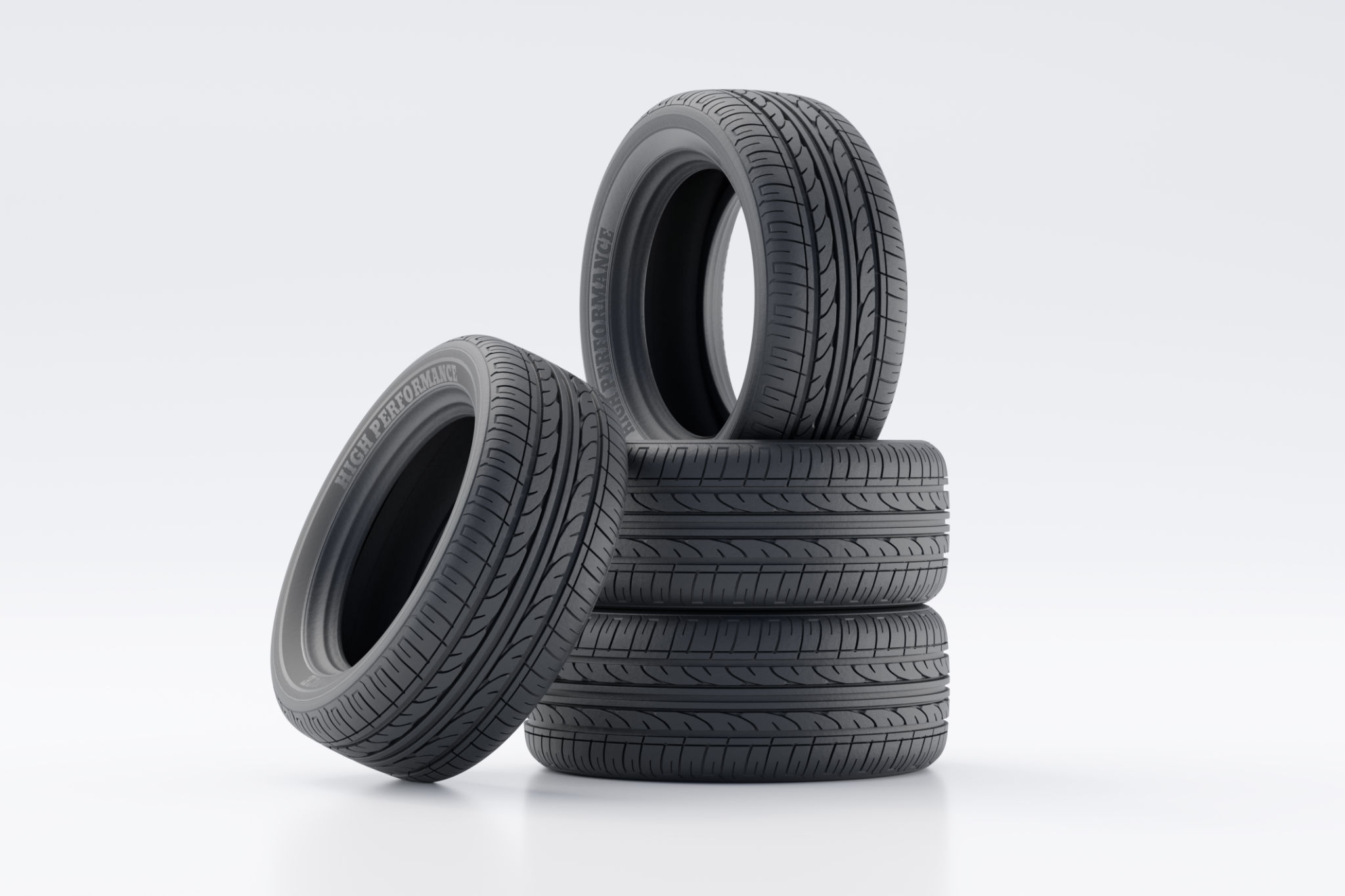The Ultimate Guide to Buying Tires: Quality Without Breaking the Bank
Understanding Your Tire Needs
When it comes to buying tires, the first step is understanding what you need. Consider the type of vehicle you have, your driving habits, and the climate in which you live. For instance, if you regularly drive in snowy or icy conditions, winter tires might be a necessity. Identifying your specific needs will help narrow down your options and ensure you make an informed choice.
Additionally, think about the type of terrain you frequently encounter. Do you drive mainly on highways, or do you often venture onto dirt roads? Your answers will guide you in selecting between all-season, off-road, or performance tires.

Setting a Budget
Before diving into the sea of tire options, it's crucial to set a budget. Tires can range from affordable to premium prices based on brand, quality, and features. Remember, while it might be tempting to go for the cheapest option, quality should not be compromised. Tires are a critical safety feature of your vehicle, and investing in good quality can prevent accidents and save money long-term by avoiding frequent replacements.
Consider how much you're willing to spend per tire and multiply by four for a complete set. Don't forget to account for additional costs such as installation, balancing, and alignment services.
Researching Brands and Models
With a clear budget in mind, it's time to research different tire brands and models. Look for reputable brands known for their durability and performance. Read reviews and ratings from other customers to gauge satisfaction levels and potential drawbacks. Websites and forums dedicated to automotive reviews can be invaluable resources.

Don't be afraid to consult with professionals either. A trusted mechanic or tire specialist can provide insights into which models offer the best value for your money and suit your driving needs.
Comparing Prices
Once you've narrowed down your choices, start comparing prices from different retailers. Both online and physical stores can offer competitive deals. Make use of comparison websites to easily view price differences. Remember to look out for discounts or promotions that might be available during certain times of the year.
In addition to the initial purchase price, consider any warranties or guarantees offered by manufacturers. A tire with a solid warranty might cost slightly more upfront but could save you money if issues arise later.

Making the Purchase
After thorough research and price comparison, you're ready to make your purchase. If buying online, ensure the retailer is reputable and has a good return policy. For in-store purchases, inspect the tires for any visible defects before finalizing the transaction.
It’s also a good idea to have the tires installed by professionals who can ensure proper alignment and balancing. This step is vital not only for your vehicle’s performance but also for extending the life of your new tires.
Maintenance Tips for Longevity
To maximize the life of your new tires, regular maintenance is key. Keep an eye on tire pressure as under-inflation or over-inflation can lead to uneven wear. Regularly rotate your tires to ensure even tread wear across all four tires.
Finally, alignments should be checked annually or if you notice uneven tread wear or steering issues. Proper maintenance not only extends tire life but also enhances safety and fuel efficiency.

By following these guidelines, you can confidently purchase quality tires without breaking the bank. Remember that investing in good tires is investing in your safety and peace of mind on the road.